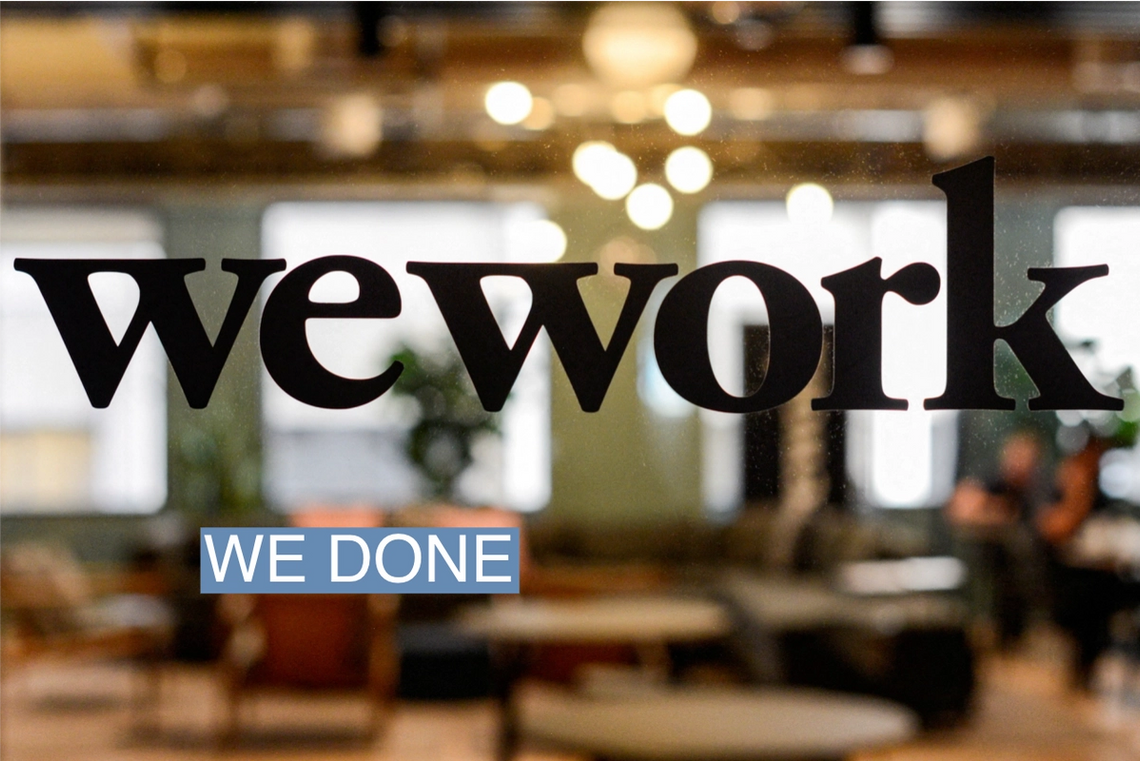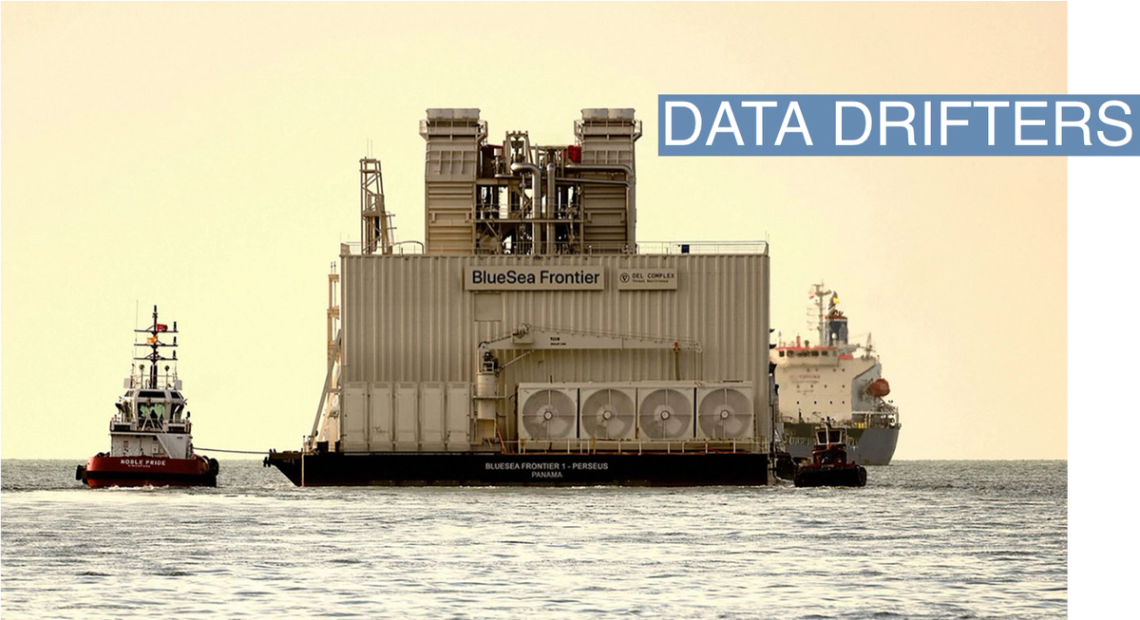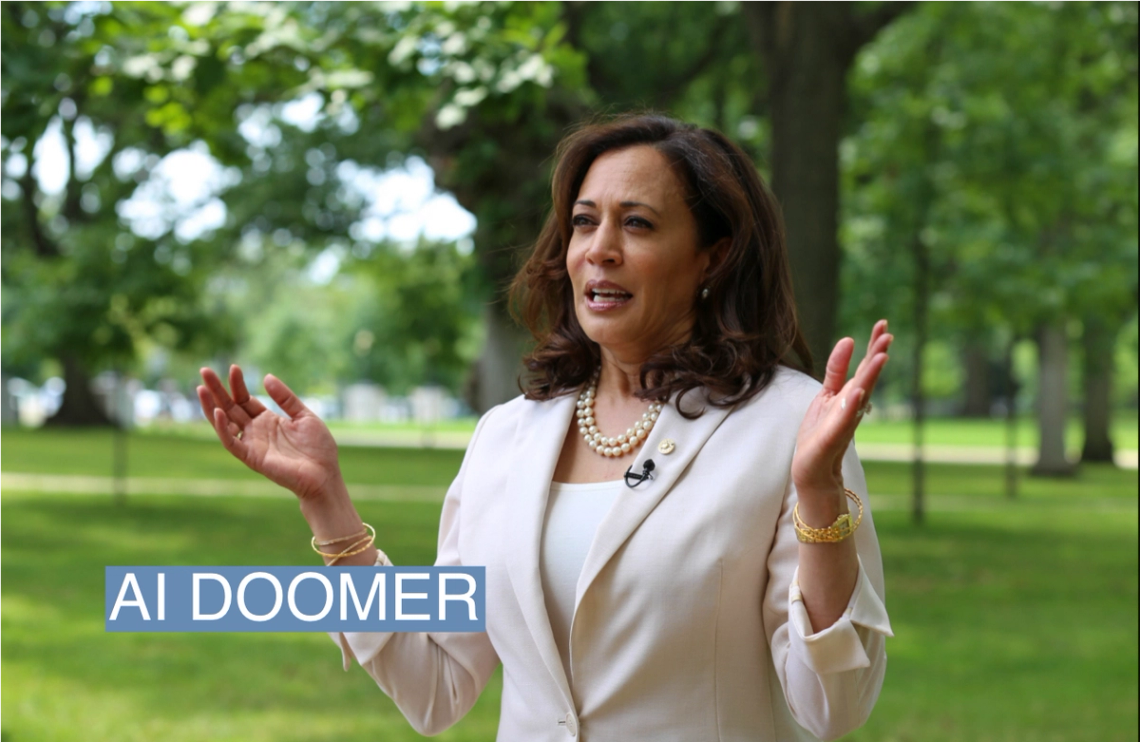THE SCOOP Microsoft’s research division has added a major new capability to one of its smaller large language models, a big step that shows less expensive AI technology can have some of the same features as OpenAI’s massive GPT-4. In an exclusive interview, Microsoft researchers shared that the model, Phi 1.5, is now “multimodal,” meaning it can view and interpret images. The new skill added only a negligible amount to the model’s already diminutive size, they said, offering a roadmap that could help democratize access to AI technology and help ease shortages in graphics processors used to run software like ChatGPT. GPT-4, which powers ChatGPT, also recently became multimodal, but requires exponentially more energy and processing power. Phi 1.5 is open source, meaning anyone can run it for free. “This is one of the big updates that OpenAI made to ChatGPT,” said Sebastien Bubeck, who leads the Machine Learning Foundations group at Microsoft Research. “When we saw that, there was the question: Is this a capability of only the most humongous models or could we do something like that with our tiny Phi 1.5? And, to our amazement, yes, we can do it.” GPT-4 has about 1.7 trillion parameters, or software knobs and dials used to make predictions. More parameters means more calculations that must be made for each token (or set of letters) produced by the model. For comparison, Phi 1.5 has 1.3 billion parameters. If parameters were expressed in distance, GPT-4 would be the size of the Empire State building and Phi 1.5 would be a footlong sub sandwich.  Dall-E Dall-EThe pursuit of small AI models endowed with the powers of much larger ones is more than just an academic exercise. While OpenAI’s GPT-4 and other massive foundation models are impressive, they are also expensive to run. “Sticker shock is definitely a possibility,” said Jed Dougherty, vice president of platform strategy for Dataiku, which services companies utilizing AI technology. While individuals tend to ask ChatGPT to draft an email, companies often want it to ingest large amounts of corporate data in order to respond to a prompt. Those requests can be costly. The maximum price for a single GPT-4 prompt is $5 and other providers are in a similar range, Dougherty said. Typically, companies pay about $100 per 1,000 prompts. “When you apply LLMs to large datasets, or allow many people in parallel to run prompts … you’ll want to make sure you’re taking pricing into account,” he said. For Reed’s view and the rest of the story, read here. → |
|







